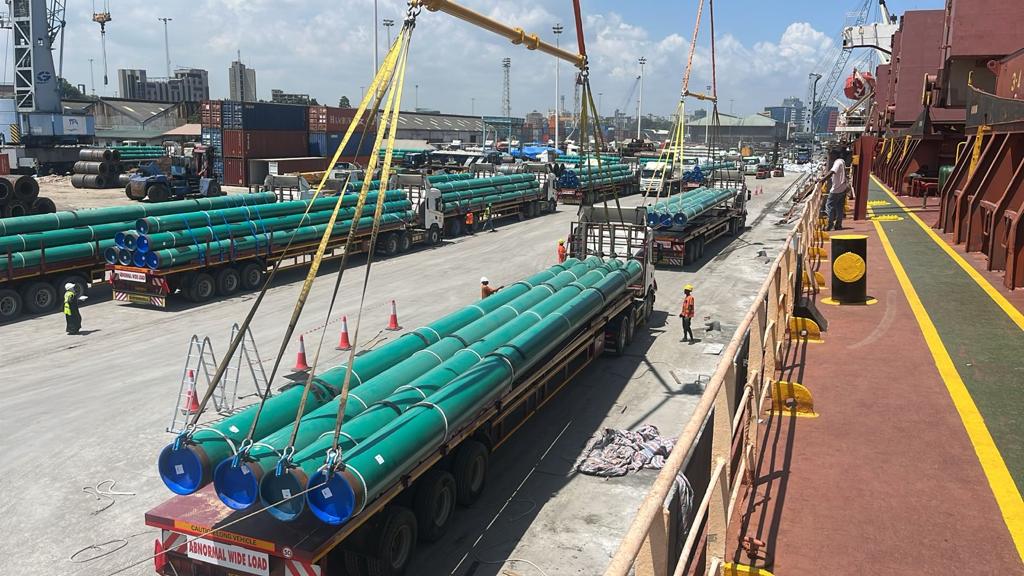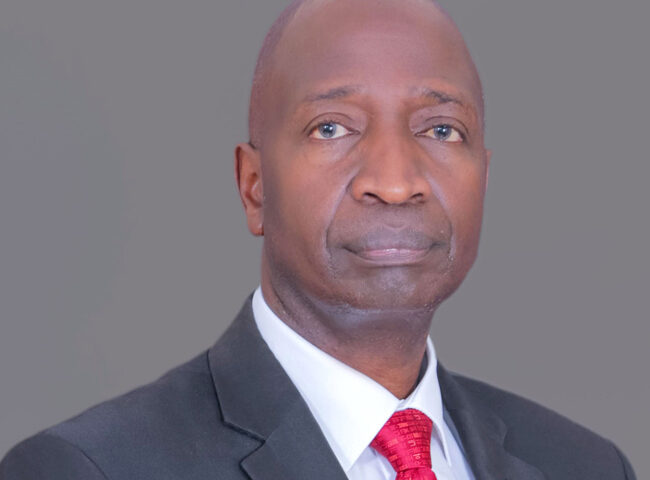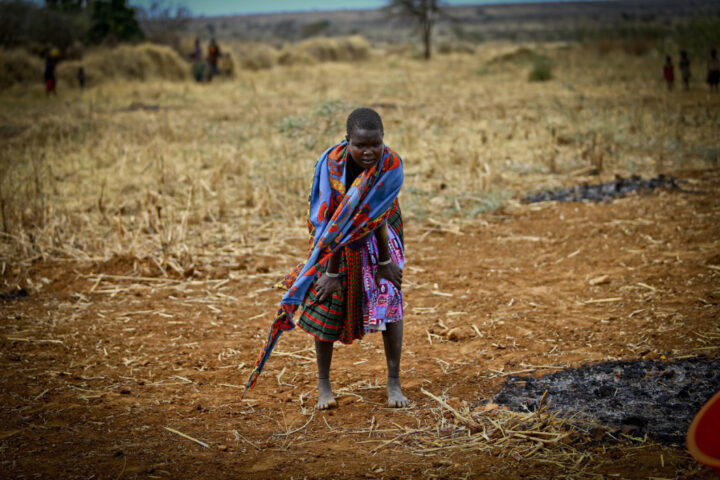In the year 1924, E.J Wayland had completed his “Petroleum in Uganda” report to be published in 1925. Next year will be a centenary since serious effort was given to oil production in Uganda and going by the calendar, 2025 is the year that First Oil is expected.
It shall all come down, however, to this year, 2024. The next twelve months will have to count if Uganda is to meet its dateline 100 years thus since commercial oil was first considered. The calendar shall be tightly packed with logistics and construction. The main event is the completion of the East African Crude Oil Pipeline.
Before Christmas last month, the initial 100km of pipeline was finding its way from Dar es Salaam to a coating plant in the town of Isaka. There is another 1,334km of pipeline that needs to arrive from its manufacturer in China, coated with the final layer (of polyethylene, one of four layers of sophisticated coated especially designed to make this pipeline a “vacuum flask”) and laid along the route on a schedule that connects to the extraction fields in Hoima and Buliisa.
In turn, the production fields at Kingfisher and Tilenga must be ready to deliver oil into the pipeline as well as associated gas (for conversion into LPG or liquefied petroleum gas for cooking). There is no substitute for this construction and logistical roster for all the pieces, like Lego blocks, must fit for the project to come to life.

(above first batch of pipelines for EACOP being loaded and enroute to a coating plant in Tanzania)
What makes 2024 intense for this phase of Uganda’s oil story is that the oil pipeline is advanced Lego. The pressure to perform is in the form of the adaptation of new and often proprietary technology especially designed to accommodate a low-carbon project in the context of the changes the global fossil fuel industry is undergoing.
Special bells and whistles (like the Long Line Heat Tracing for the pipeline, which is similar to the way a kettle is heated) to ensure that temperatures in the 1,443km ‘vacuum flask’ sustain the flow of Uganda’s waxy crude, with heating from solar farms in Tanzania on the one hand and hydro-electric power on the Ugandan end.
Then there is SCADA (the Supervisory Control and Data Acquisition) monitoring system of fiber-optic system that will provide engineers with tools to monitor the entire pipeline for leaks, sabotage, or loss of pressure even if it is buried two-meters underground.
There is more, but the primary challenge in this first quarter will be on the conclusion of financing for the pipeline. So far, partial financing from the EACOP shareholders has supported the design and early works. Slightly more than $3 billion is needed to lock it in. The negotiations are nearly concluded, according to my sources, and should be in place before April 2024.
The nature of the oil value chain is that upstream investments (in exploration, drilling, and the preparation of extraction) only make commercial sense if downstream evacuation (the pipeline, refinery, crude and gas trading) work in tandem.
Thus in 2024, financing, which has faced shocks from turbulence in the global financial markets as well as extraordinary pressure to defund EACOP from environmental groups, will have to be concluded. A key difference between the new year and the last one was the just-concluded COP28 negotiations in Dubai.

(Ugandan team at the Abu Dhabi Oil Conference – ADIPEC)
Previous climate change negotiations did not take full account of the different stages of the development of countries and unreasonably pushed for a stop-date for the use of fossil fuels and new investments.
This time around, a more realistic view, driven in part by arguments by Uganda and other nations that the rules for an energy transition be just and practicable, shall mean that global finance institutions can loosen their collars and open their checkbooks to support projects like EACOP that have been adapted to the needs of a changing climate.
It was Minister Ruth Nankabirwa who defined the energy transition as “first in, first out” to mean countries, like the wealthy Western nations whose economies matured on a diet of hydrocarbons to exit first, and then allow Uganda and similar countries to transition when their economic conditions permit them the bandwidth – with the right technology and financing.
A second and perhaps much more important project for Uganda is the oil refinery. At the close of the year, negotiations for a new partner for the refinery were underway. The challenge with the refinery is that while it shall make commercial and strategic sense for Uganda, it is not a priority for the international oil companies (IOCs).
Finding a strategic partner that shares Uganda’s sense of urgency has been difficult no less because of geo-political pressures on an asset like a refinery (very few exist in Africa that have aided the cause of economic prosperity and freedom of oil-producing states).
Perhaps in the new global environment, the powerful interests that in the past may have considered an African refinery like an ATM in the hands of its owner, instead of in the control of his/master who draws the cash, may be less aggressive in undermining local refining projects. Regardless, a refinery partner will likely be revealed by June 2024, most likely a national oil company or consortium considered friendly to Uganda, and the region’s long-term viability.
In the meantime, Uganda National Oil Company is likely to focus on gas-conversion to LPG when oil production starts. UNOC, which holds the commercial interests of Uganda, has already written to the IOCs to say that it shall take its share of associated gas “in kind.”
The company shall also have to find the best formula for the trading of crude oil it receives on behalf of Uganda. For gas, it means that UNOC will be responsible for converting, storing, distributing, and commercializing. The amount of associated gas with oil production, if harnessed well, is over three times what the Ugandan market shall require and subsequently gas exports shall have to be considered alongside expanded domestic consumption.
The local cooking gas economy is presently limited to urban areas and extremely narrow. It also depends on imported gas mostly from Kenya and faces an aboutturn when gas available locally and cheaply will replace imported options, including for the Kenyan and the rest of the regional market.
Moreover, the transition from charcoal and wood fuel to gas is extremely important to the environment. The ministry of Energy and Mineral Development has a plan in place to deliver half a million gas canisters into homes. A model should emerge this year on how homes can acquire a gas canister affordably (the government plans to distribute for free canisters to those homes that cannot afford, although distribution by its partners so far as well as production of canisters has been underwhelming).
One way for this to work is if NSSF members were to receive a canister the cost of which is spread over a long period of time and deducted from their member contributions. This model should work for companies but can also be adopted creatively by landlords for their tenants as well as Saccos and other savings schemes to increase accessibility and use of gas for cooking.
I have been informed that gas pricing, which is currently being modeled, shall be slightly less than the current cost of cooking charcoal which, if all works out, means a gas economy can be in place with immense impact on the environment as well as the quality of life.
A gas trader, who has a scheme renting canisters and making a small margin on refills recently narrated the story of a family that had switched charcoal to gas.
“The father said because it now took less time to cook breakfast in the morning, he could spend more time with his children. Another family in Lugazi, however, quickly ran out of gas as the man in the home, given the convenience of cooking, invited neighbours, and visiting family for weekend lunches during an entire month.”
The terrain for gas for cooking will be uneven, yes, but in 2024 families but most especially large institutions like schools, hospitals and the military must be encouraged to put in place practicable plans to move from the use of wood and charcoal to LPG when First Oil arrives next year.
The oil and gas outlook is, in conclusion, positive, defined by progress on the crude oil pipeline and finalizing of facilities for oil extraction at the Kingfisher and Tilenga fields. Outside of the sector, opportunities for the uptake of gas for cooking particularly private sector participation in the immediate gas value chain hold the promise for a better quality of life and opportunities to slow down the loss of tree cover.
The writer is a member of the board of the Uganda Investment Authority
First Published in the Observer Newspaper, Uganda
https://observer.ug/businessnews/80259-positive-outlook-for-the-oil-and-gas-sector-for-2024










